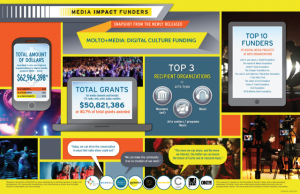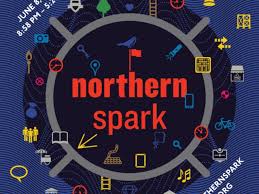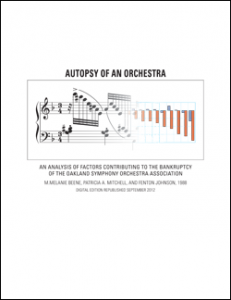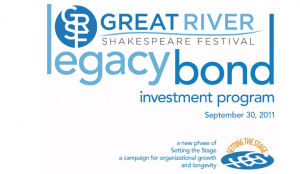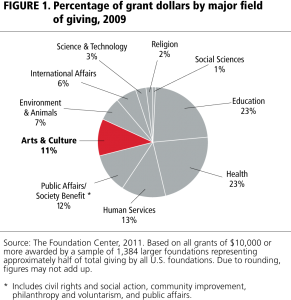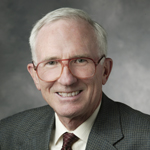As part of the research project I’m working on with the Philadelphia-based Wyncote Foundation (see previous posts), I recently had the opportunity to attend the Annual Forum for Nesta‘s Digital R & D Fund for the Arts in London. To give you the lay of the land in case you don’t already know anything about it, Nesta calls itself “an innovation charity with a mission to help people and organizations bring great ideas to life.” 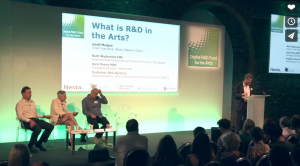 Nesta works in partnership with other businesses, nonprofits, government agencies, and funders to increase social impact and to innovate around ways to test new ideas, new financing methods, and new ways to gather and analyze results. Through research, piloting, convening, and publishing, Nesta spreads knowledge and improves practice around innovation, approaching its work across sectors and disciplines. If you’re interested in these topics you really should scour the website and follow Nesta and its principals on social media. They’re a font of useful information about emerging practice in many different fields.
Nesta works in partnership with other businesses, nonprofits, government agencies, and funders to increase social impact and to innovate around ways to test new ideas, new financing methods, and new ways to gather and analyze results. Through research, piloting, convening, and publishing, Nesta spreads knowledge and improves practice around innovation, approaching its work across sectors and disciplines. If you’re interested in these topics you really should scour the website and follow Nesta and its principals on social media. They’re a font of useful information about emerging practice in many different fields.
The Digital R & D Fund for the Arts is a multi-year collaboration among Nesta, the Arts Council England, and the Arts and Humanities Research Council. The Fund was established to help “accelerate effective innovation and experiment, bringing together researchers, technology businesses and arts organizations.” The Fund’s £7 million budget (about $11.7 million in US dollars) has been distributed via 3 two-year grant cycles with maximum awards of £125,000 ($210,000). It was created in response to the one-two punch of challenging economic conditions and the onslaught of digital technologies that together have required arts organizations “to sharpen up their thinking about how to relate to audiences, and how to develop business models that can bring more revenue.” (Check out the first year report here.)
It would be great to have something like this in the U.S. The Fund is supporting really interesting projects. (Examples: the Imperial War Museum partnering with HistoryPin to invite the public to help curate the content in its First World War paintings collection, Dance Digital‘s development of an animated learning tool to help children create dances, and Cambridge Junction‘s effort to interest youth in digital music production through the development of a customizable and codable musical instrument.) But what interests me even more is the methodology. The underlying questions being asked at the grantmaking table are not about which projects are “the best” but rather which projects ask the best questions and are best designed to deliver answers that will result in field-wide learning. Nesta is taking a crack at defining the nature of R & D as it applies to the cultural sector, using the Fund’s architecture to innovate in processes that result in learning and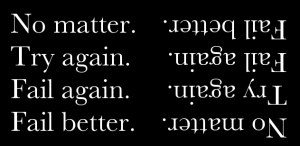 progress. The Fund’s goals are to generate knowledge, to share knowledge efficiently, and to speed up the rate of learning not just in the individual organizations that receive support but among the broader field of practice.
progress. The Fund’s goals are to generate knowledge, to share knowledge efficiently, and to speed up the rate of learning not just in the individual organizations that receive support but among the broader field of practice.
Field-wide sharing and learning was the topic of the Annual Forum, held in Vinopolis, a sprawling wine emporium and conference center at Borough Market in Southwark, conveniently adjacent to one of my favorite coffee shops. About 250 people from across the U.K. gathered for the day, many with job titles like Digital Producer, Digital Communications Officer, Developer, Creative Director, Senior Innovation Consultant, or my favorite, Imagination Catalyst (@KnowNOW_KnowHow). We heard a strong panel on “What is R & D in the Arts?” along with panel presentations from funded projects, keynotes delivered from a business’ (Patrick Bradley) and then a cultural organization’s (Nick Starr) perspective, and an interesting panel on the role of data as it applies to creativity and learning. Program highlights are viewable online and Nesta promises more coverage in future editions of its on-line publication, Native.
Nesta gave me a copy of the application form for the Fund (it’s not available online because applications are closed). The Fund’s specific interests are in expanding audience reach and engagement, and in the exploration of new business models (or a combination of these two). Each applicant must collaborate with a researcher and a technology provider, and is asked to propose “investigations from which the wider arts sector might learn.” Applicants incorporate a plan for the action research methods — created with the third-party research collaborator — that can capture lessons from their proposed experiments. This supports the Fund’s overarching goal to “extract lessons and transferable insights to contribute to a growing body of evidence and data on digital innovation in the arts.” The quality of the team — organization, researchers, technologists — and the clarity and importance of the question being asked, are determining factors in funding.
Nesta’s R & D orientation is different from the logic model-driven funding approach so pervasive among U.S. funders. The differences are more than semantic. Logic models detail intended inputs, outputs, and impacts, and are oriented toward planning, delivery, and evaluation. Logic models ask us to demonstrate the causal relationships between what we do (inputs) and what will happen (outputs and impacts). Logic models say, “If we do x, then y will happen.”
What Nesta has designed is a process based on “trying and learning.” It is iterative, modeling a creative process. Their model requires the development and clarification of an important question, one worth asking, and one for which the answer or answers are not known. In their model, the planning rigor is around the quality of the question and in how it will be investigated. Â Their inquiry asks, “If we do x, what will happen?” The outcome is not planned, it is sought.
Perhaps I’m out of touch and if that’s the case, please, pile on the examples! But I don’t remember ever being asked by a funder, “What idea are you testing?” and “What data, evidence, and research findings can your project deliver?” and “How is this learning beneficial to the wider arts sector?” 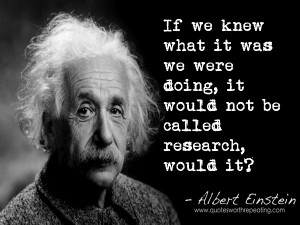
Shouldn’t this methodology be added to the ideas and instruments grantmakers deploy in their program architecture? Certainly, we need operating support grants, capitalization grants, and support for major projects and initiatives, all funding mechanisms represented in contemporary grantmaking. But what would it look like if we also had specific support for R & D in separate programs whose purpose lies in the testing, documenting, learning, sharing, and iterating of new ideas?In thinking about anything at all comparable in U.S. private sector arts grantmaking, what comes to mind are the reports and publications about what the grantmakers are learning, not so much about what the grantees are learning.
In an environment in which the purpose of a grant is to learn, organizations have full permission to innovate, to fail, and to iterate. When the knowledge gained is shared, other organizations have access to data and results, and they’re encouraged to adopt and use tools and practices that work. Some of the Digital R & D Fund projects have been major flops, with audiences, or technically, or otherwise. And some are delivering very promising results. All learning is welcomed.
At a time when it seems especially important for cultural organizations to be able to try new things and iterate, Nesta’s approach is both sophisticated and refreshing. I’d love to see R & D approaches modeled locally, regionally, or nationally. What is stopping U.S. grantmakers from building similar efforts in our country?

